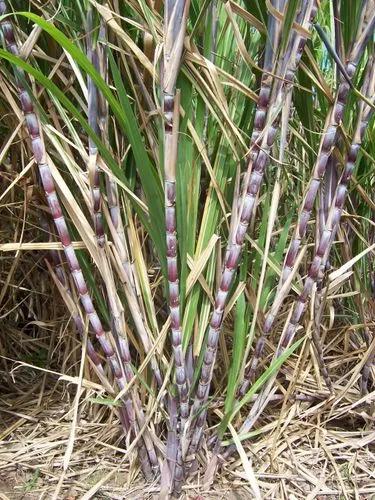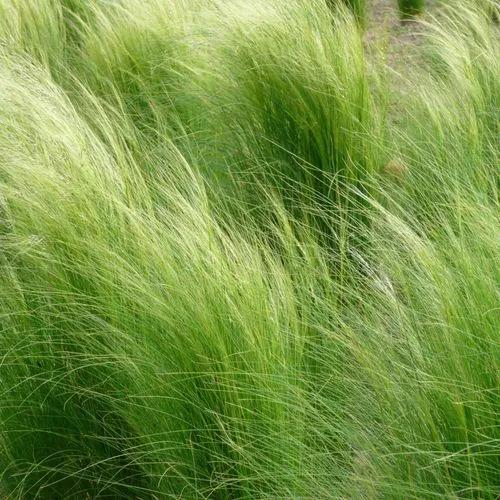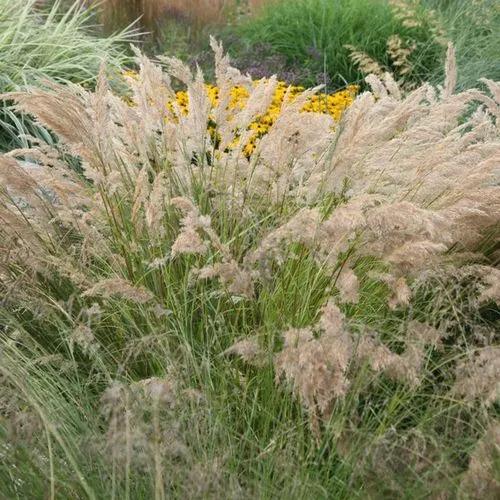Holcus mollis, commonly called velvet grass or creeping soft grass, is an erect, spreading, rhizomatous grass which typically forms a mat of foliage 6-8" tall. Features narrow green blades (to 1/2" wide). Purplish-white flower spikes appear in summer and are followed by non-showy seed panicles. Common names of this grass are in reference to the soft texture of the blades.
Genus name comes from the Greek name for a kind of grain.
Specific epithet means soft.
'Albovariegatus' has variegated foliage with a green central stripes and white margins.
Perennial herbaceous rhizome plant up to 50 cm high. Rhizomes are located in the soil at a depth of about 5 cm, sometimes the essence is deeper. Rhizome growth occurs from May to November, but it is most intense from mid-June to mid-July. There are many dormant buds on the rhizome, which do not develop until the rhizome is damaged, but when it is damaged due to these buds, the plant gives new ground shoots. The part of the stems closest to the ground is brownish-red. Leafless stems slightly pubescent, but have 4-7 nodes with abundant hairs. Leafy sheaths surround the stem from behind, they are smooth or barely pubescent. Ligulae are membranous, serrated at margins, obtuse, 1-5 mm long. The leaf blade is pointed, reaching 4-20 cm in length and up to 12 mm in width. It is flat, gray-green, slightly pubescent or naked.
Whitish, pale gray or purple flowers are collected in narrow ovoid or ovoid spikes, very dense at first, but looser as they ripen. Oblong or elliptical spikelets reach 4-6 mm in length. The lower flowers are bisexual, the upper ones are male. Spikelet scales, thin as paper, are equal in length to spikelets, at the ends they are pubescent, with inelastic veins. The lower ones are narrow-lanceolate, the upper ones are ovoid or elliptical. The flower scales reach 2.5-3 mm in length and are completely covered with spikelet scales. Their upper surface is smooth or slightly pubescent, shiny. The lower ones are blunt-pointed and awnless, the upper ones have one awn passing from the lower side of the leaf near its tip. The awn is 3.5-5 mm long, poorly bent and extends beyond the floral scales.
This plant might be poisonous
How to get rid of:
The main way to get rid of weeds is mechanical. It is not so much about weeding after planting as about removing old roots.
It is better to dig it in two stages - to raise the earth in large layers before winter, and to dig it up more finely in the spring, breaking clods. At this stage, it is worth sorting out the soil literally by hand, removing the remaining roots of the weeds.









